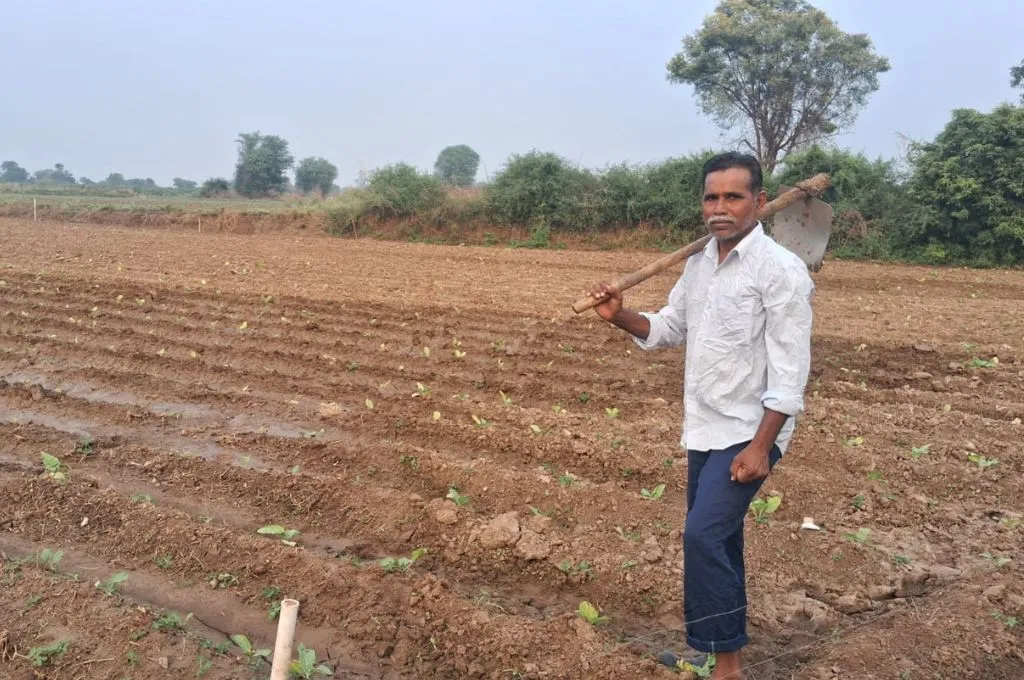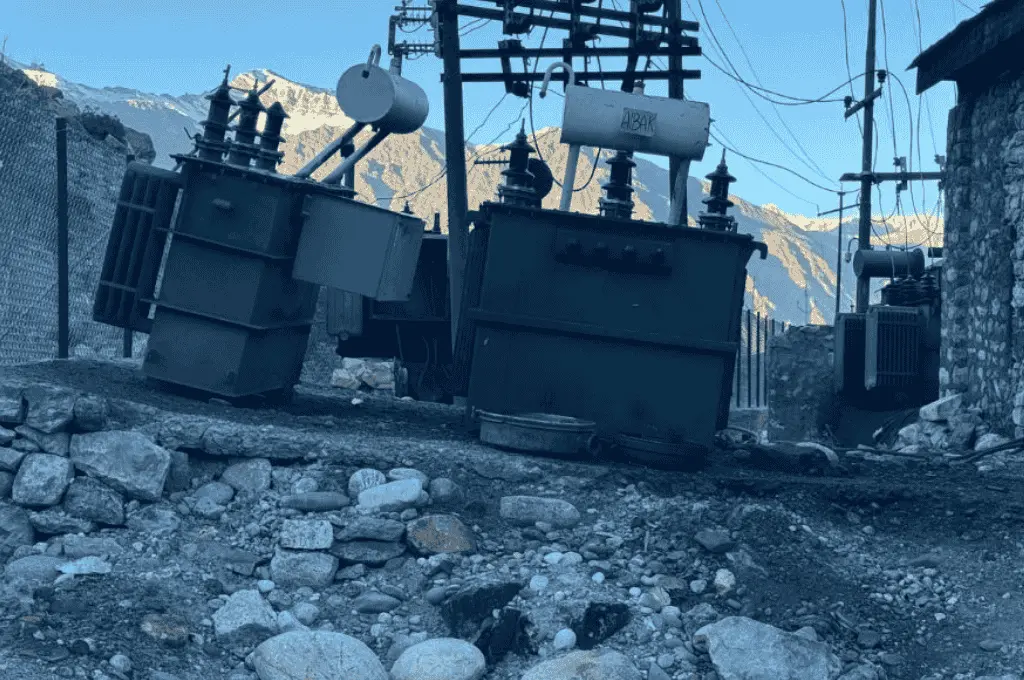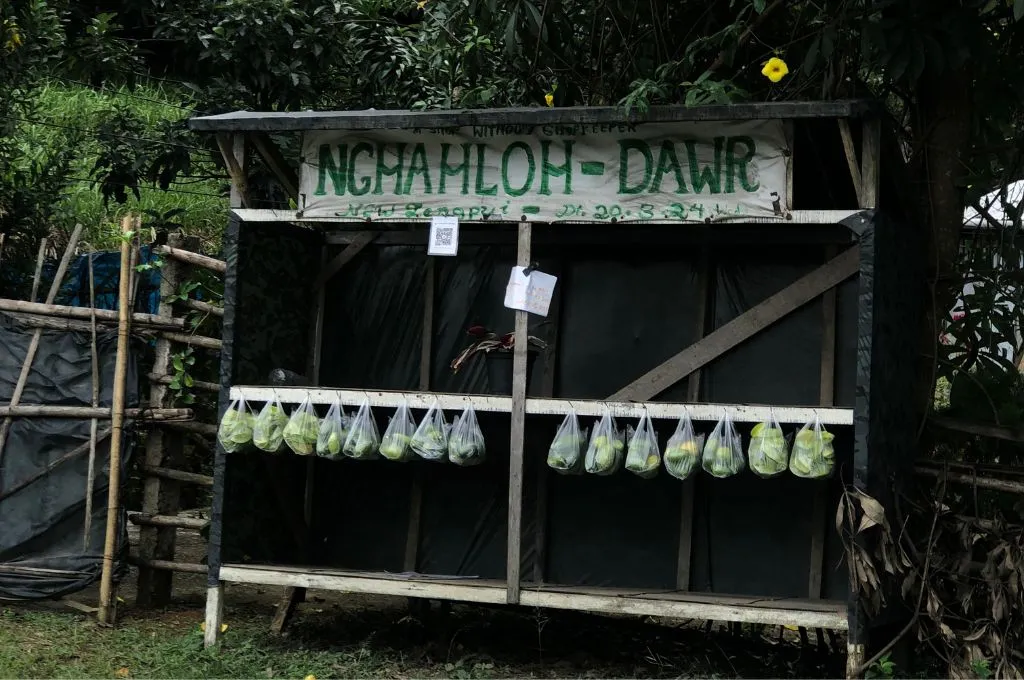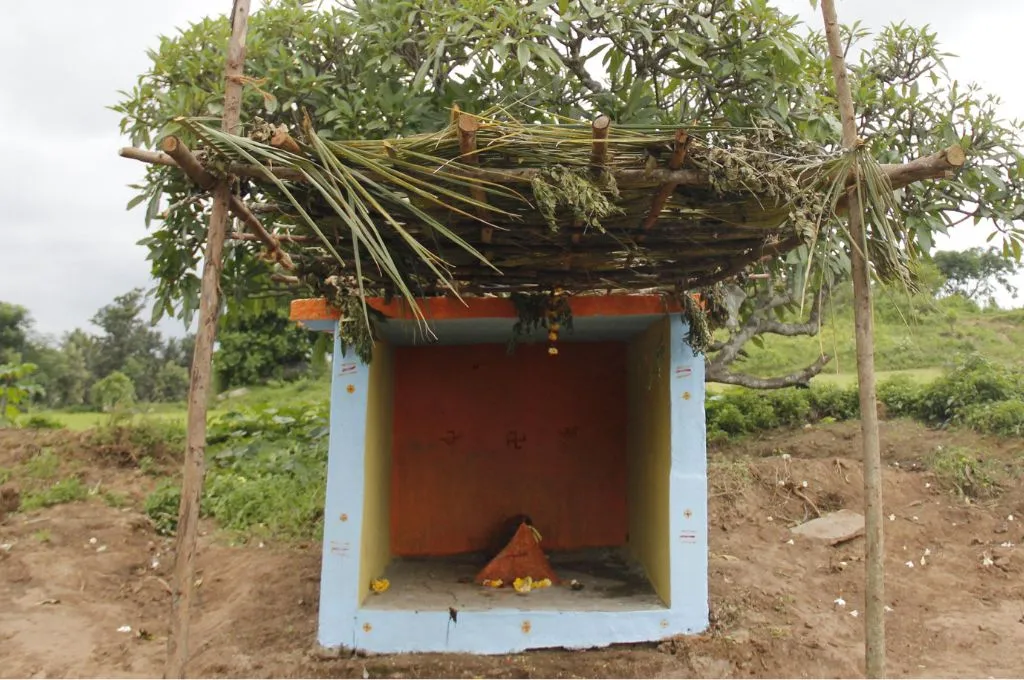READ THIS ARTICLE IN
Cash, quakes, and development
Rakesh Rao is a man in his fifties, from a village in the hills of Uttarakhand’s Garhwal region. He works in Gangotri town as a guide for pilgrims and trekkers visiting the source of the Ganga—which is where a colleague and I met him in October 2020.
Rakesh told us some fascinating stories about local development in the area. He said that before 1991, few people in his village had ever used money. His family used only two jugs of water per day because they had a long walk downhill to the river to collect it. Most roofs were thatched, and they would frequently burn down.
In 1991, two transformative forces converged on the villages of Garhwal: The liberalisation of the Indian economy, and a disastrous earthquake. The quake killed more than 700 people and damaged more than 40,000 homes throughout Uttarakhand. Most households in Rakesh’s village had their homes destroyed, but received a payment of INR 15,000 from the government to rebuild them.
This infusion of cash, plus the rapid economic growth following liberalisation, changed lives in the village quickly. According to Rakesh, in 2020, people keep their cows in better buildings than they lived in themselves in 1991. There is now a water system, which frees up time that was earlier spent gathering water and lets households use water more freely. Fires are also less frequent due to improved roofing materials. People can afford various outside goods—which are more easily available due to new road connections.
Rakesh has seen his own life change as well. He has a daughter and two sons, all of whom are formally employed. The family still operates a farm, but no longer relies on it for subsistence.
Michael Henry is a Canadian who worked with IDinsight in Delhi from 2019-2020.
—
Do more: Connect with the author at mbhens@gmail.com to learn more about his work.



